Instruction
Why you should be videotaping your putting stroke, too
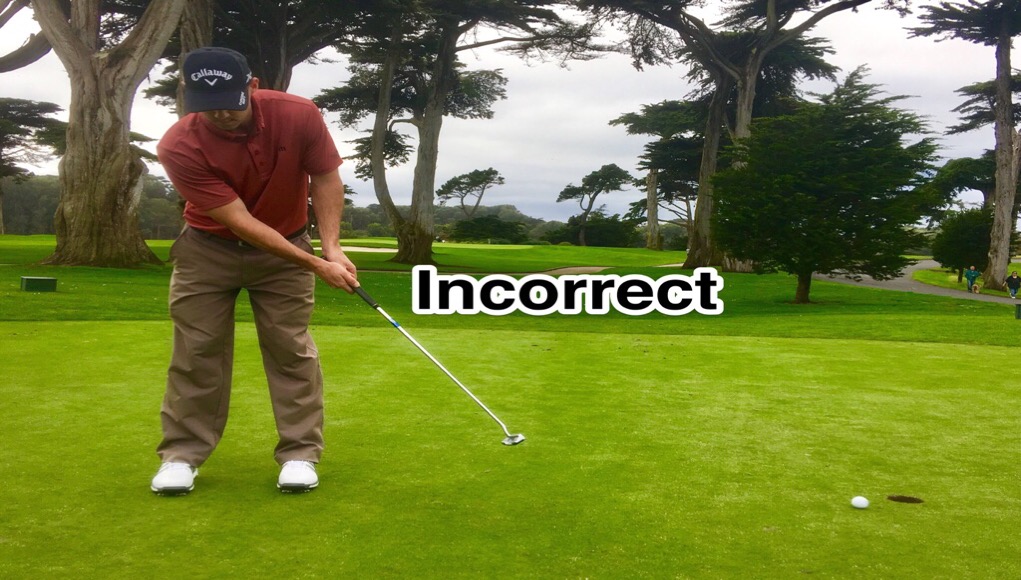
Most golfers, especially amateurs, don’t spend enough time working on their putting. We all like to take videos of our full swing, but we need to remember to capture videos of our putting stroke as well, especially from the face-on view. When you’re watching these videos, notice the length of your stroke, rhythm and tempo. It will tell you a lot about your putting.
The No. 1 fault I see with golfers struggling with distance control is having too much “hit” in their stroke. From the face-on view, these players will show a very short backstroke and a very long follow through, and it’s a very common pattern in amateurs. This happens when a player accelerates too much through the ball to “hit” the putt, often in an effort to feel like they are not decelerating, rather then swinging the weight of the putter head.
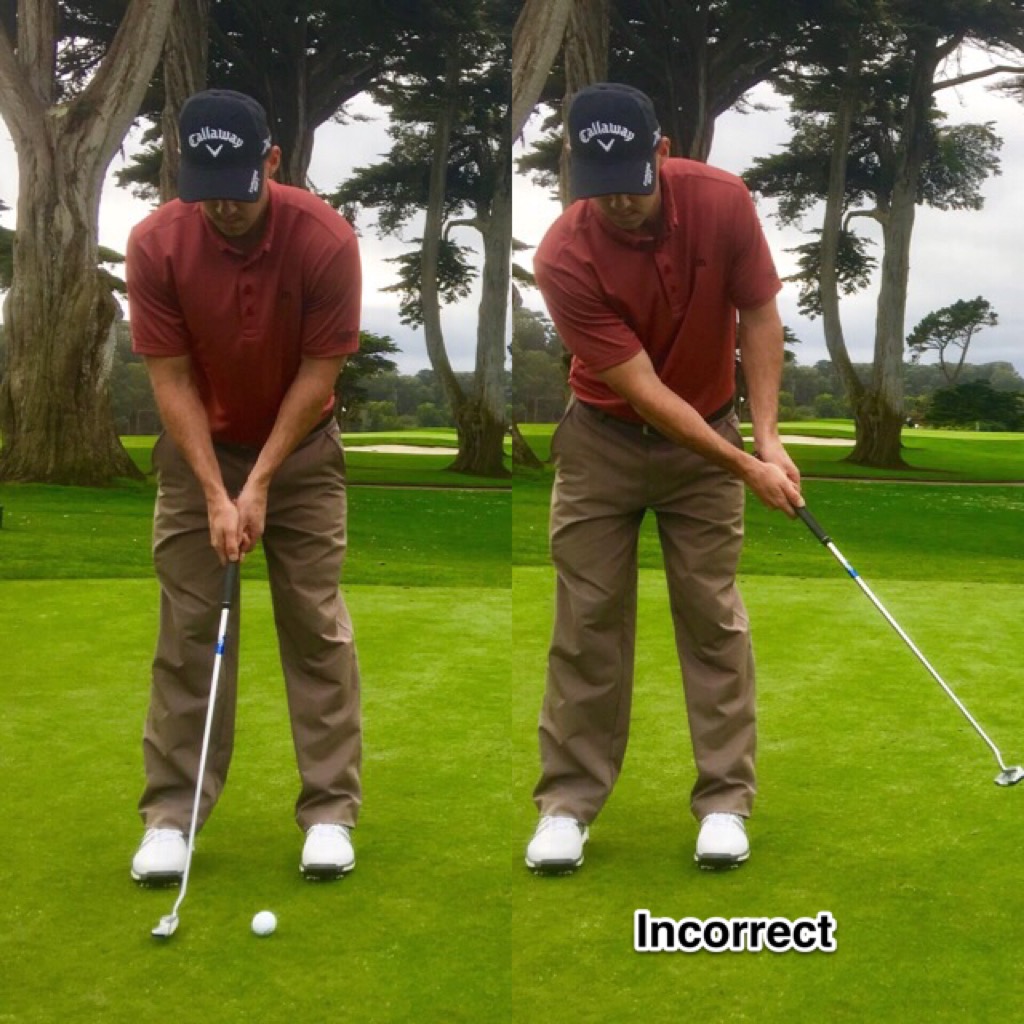
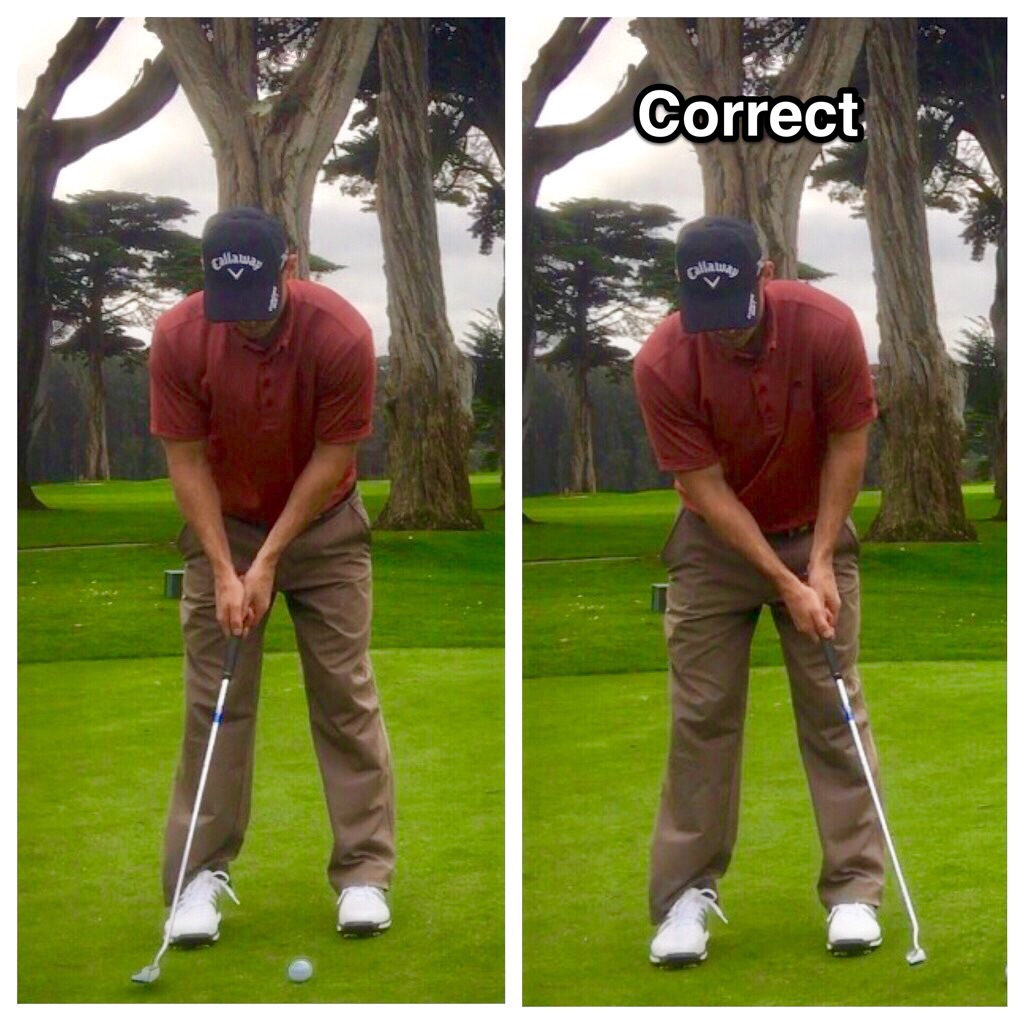
When you watch PGA Tour players putt, you will usually see their stroke match up on each side of the ball. This is a sign of proper tempo. Watch the video of the putting strokes of Jordan Speith and Tiger Woods below and see how they do it.
To practice, make sure the length of your stroke matches up on each side of the ball. I enjoy using an arc with lines to evaluate the length of my stroke on each side of the ball.
If you don’t want to use an arc, you can place tees on the putting green on each side of the ball. Do this drill while using a metronome, or an app called “puttronome,” to be more precise (see my previous article on using a metronome).
Front Half of the Cup Drill
Here’s another great drill to dial in your speed control once you have worked on your stroke. Place a flagstick or book over the back half of the cup so only the front half of the hole is exposed. Practice hitting putts that will just barely fall in the front half of the hole, not touching the stick or book.
Start off with short putts, and slowly move back to longer putts. This will will help you improve your speed control, while removing the “hit” from your stroke.
Enjoy this drill, and let me know if you have further questions in the comments section below. I’ll do my best to answer as many questions as I can.
- LIKE70
- LEGIT17
- WOW1
- LOL2
- IDHT0
- FLOP0
- OB0
- SHANK4
Instruction
Clement: Laid-off or perfect fade? Across-the-line or perfect draw?

Some call the image on the left laid off, but if you are hitting a fade, this could be a perfect backswing for it! Same for across the line for a draw! Stop racking your brain with perceived mistakes and simply match backswing to shot shape!
- LIKE0
- LEGIT0
- WOW0
- LOL0
- IDHT0
- FLOP0
- OB0
- SHANK0
Instruction
The Wedge Guy: The easiest-to-learn golf basic

My golf learning began with this simple fact – if you don’t have a fundamentally sound hold on the golf club, it is practically impossible for your body to execute a fundamentally sound golf swing. I’m still a big believer that the golf swing is much easier to execute if you begin with the proper hold on the club.
As you might imagine, I come into contact with hundreds of golfers of all skill levels. And it is very rare to see a good player with a bad hold on the golf club. There are some exceptions, for sure, but they are very few and very far between, and they typically have beat so many balls with their poor grip that they’ve found a way to work around it.
The reality of biophysics is that the body moves only in certain ways – and the particulars of the way you hold the golf club can totally prevent a sound swing motion that allows the club to release properly through the impact zone. The wonderful thing is that anyone can learn how to put a fundamentally sound hold on the golf club, and you can practice it anywhere your hands are not otherwise engaged, like watching TV or just sitting and relaxing.
Whether you prefer an overlap, interlock or full-finger (not baseball!) grip on the club, the same fundamentals apply. Here are the major grip faults I see most often, in the order of the frequency:
Mis-aligned hands
By this I mean that the palms of the two hands are not parallel to each other. Too many golfers have a weak left hand and strong right, or vice versa. The easiest way to learn how to hold the club with your palms aligned properly is to grip a plain wooden ruler or yardstick. It forces the hands to align properly and shows you how that feels. If you grip and re-grip a yardstick several times, then grip a club, you’ll see that the learning curve is almost immediate.
The position of the grip in the upper/left hand
I also observe many golfers who have the butt of the grip too far into the heel pad of the upper hand (the left hand for right-handed players). It’s amazing how much easier it is to release the club through the ball if even 1/4-1/2″ of the butt is beyond the left heel pad. Try this yourself to see what I mean. Swing the club freely with just your left hand and notice the difference in its release from when you hold it at the end of the grip, versus gripping down even a half inch.
To help you really understand how this works, go to the range and hit shots with your five-iron gripped down a full inch to make the club the same length as your seven-iron. You will probably see an amazing shot shape difference, and likely not see as much distance loss as you would expect.
Too much lower (right) hand on the club
It seems like almost all golfers of 8-10 handicap or higher have the club too far into the palm of the lower hand, because that feels “good” if you are trying to control the path of the clubhead to the ball. But the golf swing is not an effort to hit at the ball – it is a swing of the club. The proper hold on the club has the grip underneath the pad at the base of the fingers. This will likely feel “weak” to you — like you cannot control the club like that. EXACTLY. You should not be trying to control the club with your lower/master hand.
Gripping too tightly
Nearly all golfers hold the club too tightly, which tenses up the forearms and prevents a proper release of the club through impact. In order for the club to move back and through properly, you must feel that the club is controlled by the last three fingers of the upper hand, and the middle two fingers of the lower hand. If you engage your thumbs and forefingers in “holding” the club, the result will almost always be a grip that is too tight. Try this for yourself. Hold the club in your upper hand only, and squeeze firmly with just the last three fingers, with the forefinger and thumb off the club entirely. You have good control, but your forearms are not tense. Then begin to squeeze down with your thumb and forefinger and observe the tensing of the entire forearm. This is the way we are made, so the key to preventing tenseness in the arms is to hold the club very lightly with the “pinchers” — the thumbs and forefingers.
So, those are what I believe are the four fundamentals of a good grip. Anyone can learn them in their home or office very quickly. There is no easier way to improve your ball striking consistency and add distance than giving more attention to the way you hold the golf club.
More from the Wedge Guy
- The Wedge Guy: Golf mastery begins with your wedge game
- The Wedge Guy: Why golf is 20 times harder than brain surgery
- The Wedge Guy: Musings on the golf ball rollback
- LIKE86
- LEGIT13
- WOW6
- LOL1
- IDHT0
- FLOP4
- OB1
- SHANK8
Instruction
Clement: Stop ripping off your swing with this drill!

Not the dreaded headcover under the armpit drill! As if your body is defective and can’t function by itself! Have you seen how incredible the human machine is with all the incredible feats of agility all kinds of athletes are accomplishing? You think your body is so defective (the good Lord is laughing his head off at you) that it needs a headcover tucked under the armpit so you can swing like T-Rex?
- LIKE0
- LEGIT2
- WOW2
- LOL0
- IDHT0
- FLOP0
- OB0
- SHANK2
-

 19th Hole2 weeks ago
19th Hole2 weeks agoDave Portnoy places monstrous outright bet for the 2024 Masters
-

 19th Hole2 weeks ago
19th Hole2 weeks agoTiger Woods arrives at 2024 Masters equipped with a putter that may surprise you
-

 19th Hole2 days ago
19th Hole2 days agoJustin Thomas on the equipment choice of Scottie Scheffler that he thinks is ‘weird’
-

 19th Hole2 days ago
19th Hole2 days ago‘Absolutely crazy’ – Major champ lays into Patrick Cantlay over his decision on final hole of RBC Heritage
-

 19th Hole3 weeks ago
19th Hole3 weeks agoReport: Tiger Woods has ‘eliminated sex’ in preparation for the 2024 Masters
-

 19th Hole1 week ago
19th Hole1 week agoTwo star names reportedly blanked Jon Rahm all week at the Masters
-

 19th Hole1 week ago
19th Hole1 week agoReport: LIV Golf identifies latest star name they hope to sign to breakaway tour
-

 19th Hole1 week ago
19th Hole1 week agoNeal Shipley presser ends in awkward fashion after reporter claims Tiger handed him note on 8th fairway

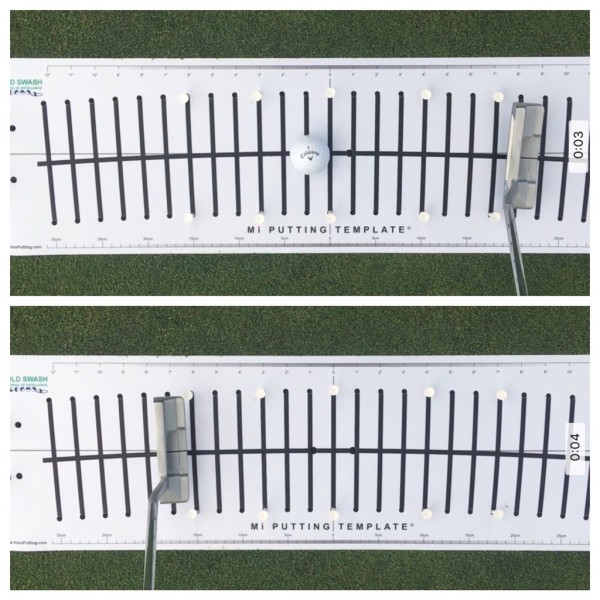
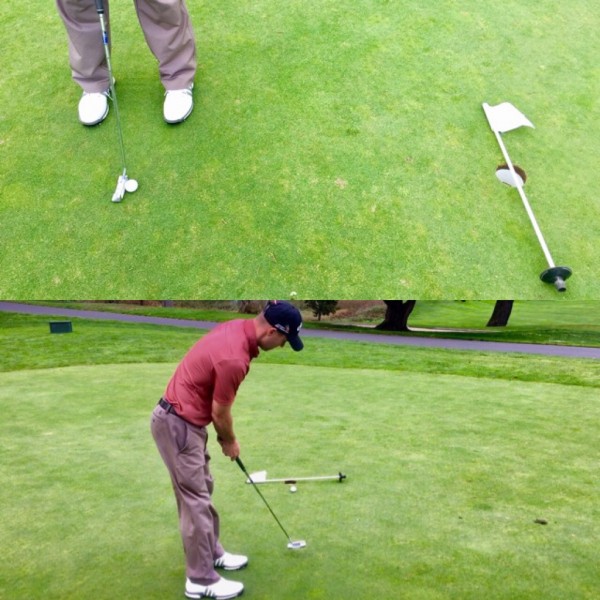














Rich
Dec 8, 2016 at 8:09 pm
Yeah, great idea! The game isn’t hard enough, let’s take half the hole away! What a stupid drill.
Radim Pavlicek
Dec 5, 2016 at 3:28 am
Is there a pro or a website that specializes in putting video analysis?
george
Dec 4, 2016 at 7:04 am
That drill encourages you to hit every putt short. Remember, percentage of made putts is highest when the speed leads to a putt that ends up 12-18 inches behind the hole.
Kelvin Kelley
Dec 4, 2016 at 10:14 am
George, thanks for the comment. If you feel like that drill encourages you to leave putts short you can practice putting to the fringe or end of the green. I agree you should roll the ball past the hole, however, “12 – 18” inches is not precise enough, as the line can change from those 6 inches. I would practice picking an exact distance to work on speed/line.